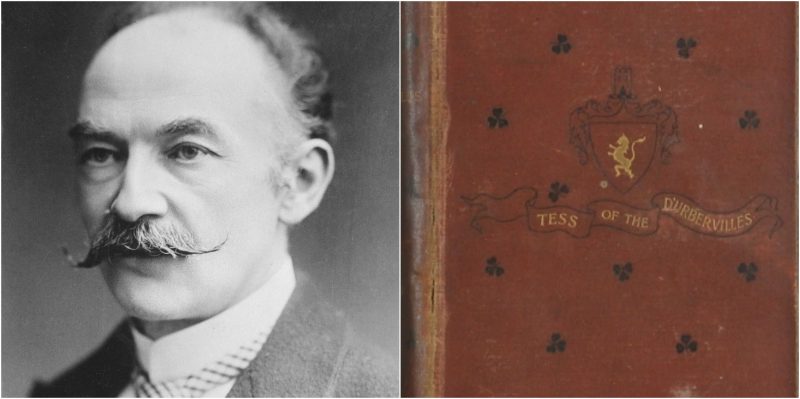Thomas Hardy was an author who published the classic novel Tess of the D’Urbevilles. It was inspired by a real-life execution that Hardy witnessed 160 years ago. Archaeologists believe they have discovered the remains of this woman who was killed by hanging. Her name was Martha Brown, and she was hung in public just outside the Dorchester jail in Dorset. She was sentenced to die after killing her abusive husband in 1856. Hardy was 16 years young at the time, and he witnessed the entire hanging with a front row view.
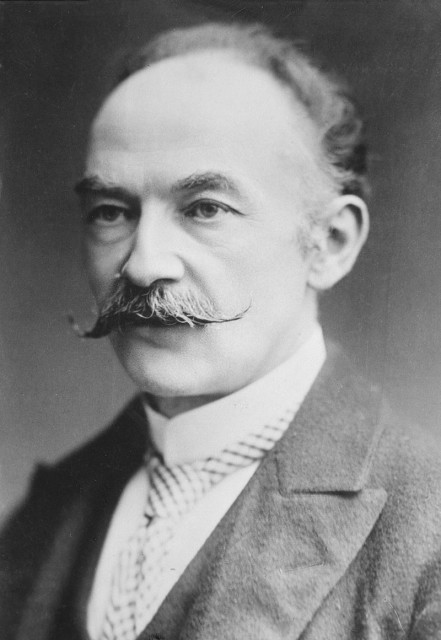
Fast forward 40 years to 1892, when Hardy decided to use the gruesome experience to complete his novel. This famous writer used the hanging he had witnessed as a model for the ending for his most famous heroine, Tess Durbeyfield. This protagonist was hung outside of the Winchester jail for killing her abusive lover named Alec D’Urbeville. He had raped her and stood in the way of her being with the man with whom she was actually in love. The BBC released a film in 2008 on this story. Gemma Arterton played Tess and Eddie Redmayne played Angel Clare, who was the suitor.
There are eight convicts on record who were executed and buried at this Dorchester prison up until 1878. In 2013, the Victorian jail was closed and sold by the government. Developers jumped at the chance to buy the facility; they knocked it down to build 190 new homes on the property.
Archaeologists were only brought in before the redevelopment because it was a historic location. They participated in a plethora of exploratory trenches. One found an old burial ground for prisoners which yielded at least one skull and other remains in the process. Since only one of the eight convicts was a woman, it was pretty easy to determine which remains belonged to the 44-year old Martha Brown. Historians would like to exhume and rebury Martha’s body at a new location. This would require a full-scale dig throughout the burial ground.
There is a good case to be made that the publication of Tess of the D’Urbevilles was this author’s most celebrated piece. Martha Brown has become a heroine who dealt with an awful situation. People see her as an abused wife who was forced to kill her husband with an axe in an act of self-defense. Had Brown been arrested today for this kind of crime, chances are she would have been sentenced to a suspended prison term. She certainly would not have been publicly hung in front of a hideous crowd of onlookers excited about the upcoming event.
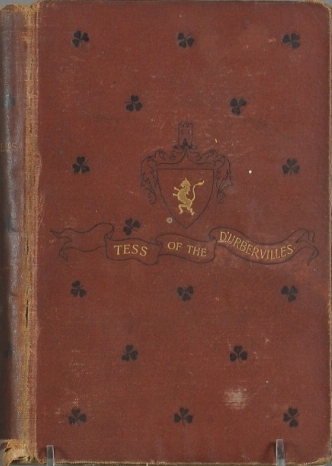
A preliminary report was issued by the West Dorset District Council. A Dorset TV producer named Nick Gilby studied that report before making the documentary about Martha Brown. He said, “There are eight bodies buried at the prison and they have found one skull and some other remains. Tests should now be carried out to see if that skull or those remains are female because if they are then they are Martha’s.”
The 19th-century plan of Dorchester prison is available, and it shows where within the walls the burial site is located. It can be found in the eastern part of the prison, about 20 yards from the North Square gate. That is where Thomas Hardy witnessed the hanging of the middle-aged woman. There is some concern that the developers will penetrate the rest of the burial grounds with a JCB, damage the site, and lose the remains of Martha. But the excavation is necessary for tests to be carried out to facilitate finding her a more appropriate burial location.
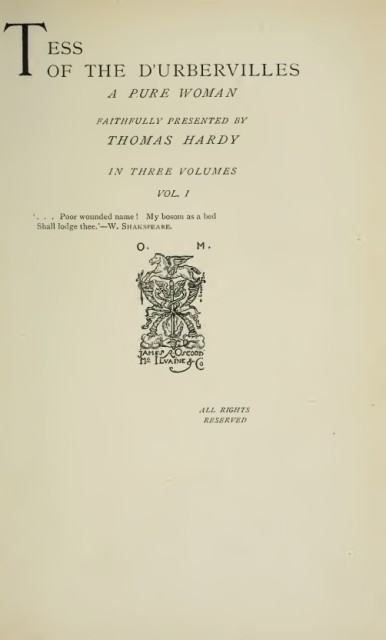
Nick Gilby went on to say, “She is quite an important historical figure nowadays because of the Hardy connection. My interest is obviously mainly in Martha but I think all the bodies should be exhumed. Their descendants could still be around; they are people who have got names, not some long forgotten Roman soldier, and they were living just 150 years or so ago.”
Both Tess and Martha Brown experienced rough lives that ended in tragedy. Martha married Bernard Bearn and had two children that both died at a very young age. They lived in the West Dorset village of Powerstock. But when the husband experienced difficult times, he left Martha to take care of herself. That is when she met and married John Brown who was 20 years younger than she was.

She found him having an affair with another woman and a major argument ensued. John stormed out of the house and returned later that night drunk. He hit her with a whip before she retaliated with a strike to his head with an axe. His skull was smashed and he lived no more. Shortly after, Martha was arrested by the authorities, but her downfall was lying about the cause of death. She claimed her husband had been kicked in the head by a horse. Of course, the police and the jury did not believe this lie. Ultimately, she was found guilty of murder, and sentenced to death.
Her hanging was set for three weeks later. A whopping 4,000 people showed up to watch her hang, including Thomas Hardy. He was just a 16-year old, training to be an architect at the time. Martha Brown was the last female to be executed like this in Dorset.
A letter Hardy hand wrote to his friend Lady Pinney in 1926 was found fifteen years ago. He had written a detailed account of the execution he witnessed that day. He wrote, “I remember what a fine figure she showed against the sky as she hung in the misty rain. And how the light black silk gown set off her shape as she wheeled half round and back.”
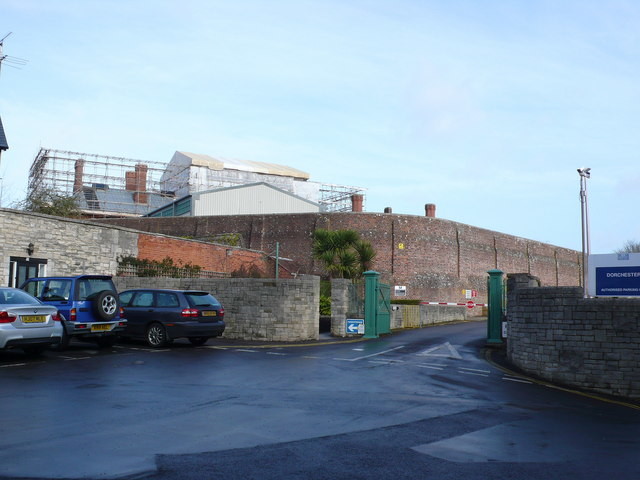
Lady Pinney recalls a handwritten letter exchange she had with Hardy. She described how she “…sat over the open fire at his house hearing him talk of Martha and Tess, who had so much in common, just as if they were in the next room.” She thought it was remarkable how much compassion and sympathy he had for those women.
Lady Pinney also exchanged letters with Hardy’s wife after he passed away. Florence explained how the execution gave a bit of bitterness and gloom to his life’s work. There is a Hardy Society for which Mike Nixon serves as secretary; he feels it is safe to assume that the events really impacted Hardy, which is supported by the ending of his novel about Tess. Hardy admitted later on in his life that he was negatively affected by the gruesome act. The ending of his novel clearly depicts vivid details of an experience he retained.
People were far less polished back then. The severity of the events, coupled with his young, impressionable age, was the perfect mix for a lasting impression. In order to determine if additional excavations need to be carried out, the West Dorset County Council will speak to the county’s most senior archaeologists. The preference of both the city and the county is for leaving the remains untouched.
